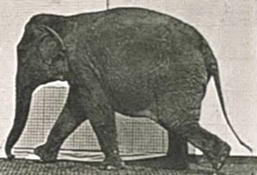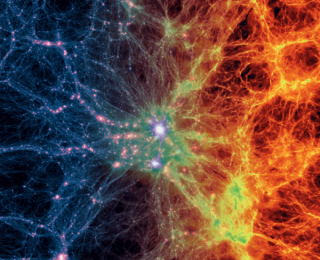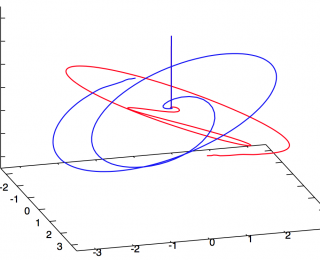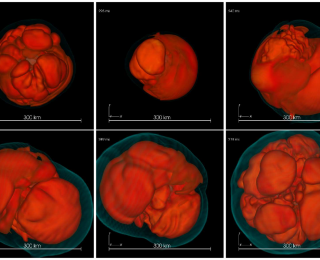
by Brett Deaton | May 14, 2014 | Daily Paper Summaries
In this short critical essay, a computational astrophysicist, Kevin Heng, questions the movement of his field toward more complex models producing larger volumes of data. Toward the end of his essay, Heng poses some open questions to the simulation community. “Is scientific truth more robustly represented by the simplest, or the most complex model?”, and, “How may we judge when a simulation has successfully approximated reality in some way?”

by Andrew Emerick | May 12, 2014 | Daily Paper Summaries
High resolution computational simulations are a valuable means by which Astronomers test our understanding of the Universe, and make predictions. The world of computational astrophysics broke new ground recently with the highest resolution cosmological simulation to date, Illustris, making for some spectacular science and some spectacular images.

by Brett Deaton | Mar 18, 2014 | Classics
Imagine a spinning skater. She pulls her arms in a little and spins faster. She brings her arms all the way into her chest, and spins really fast, and then bam! she rockets up into the sky. Seven years ago, computer simulations revealed a configuration of two spinning black holes that merged in this way, jumping out of their orbital plane with a velocity of several thousand km/s. Not only is this weird, it’s also important. We know that large galaxies host supermassive black holes at their centers. We also know that galaxies merge, presumably introducing their black holes to one another. If the newly formed black hole were to exit the galaxy entirely, it could carry its accretion disk with it, and be observable as a displaced core.

by Erika Nesvold | Nov 15, 2013 | Daily Paper Summaries
Can life spread from Earth to the moons of Jupiter and Saturn on rock ejected from meteoroid collisions? The authors of this paper start on answering this question by asking if ejected material from Earth can even reach the gas giants’ moons. The answer is yes, so it’s possible that microbial Earthlings have already traveled a lot farther than human ones.

by Shannon Hall | Jul 6, 2013 | Daily Paper Summaries
Recent computer simulations are shedding light on the brightest and most energetic phenomena in the Universe – supernova explosions. A team of researchers at the Max Planck Institute for Astrophysics modeled the formation of neutron stars in three dimensions with unprecedented accuracy, showing that as matter is drawn inward, it sloshes both asymmetrically and in spiral motions. It’s a bold, new look into the center of the supernova explosion and the birth of a neutron star.





